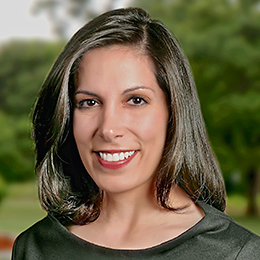By Nonie Arora
Imagine yourself in this patient’s situation. You have just found out you have cancer, and the next phrase out of your doctor’s mouth is “You’re going to die with this cancer rather than of this cancer.” Which word do you think will jump out of that sentence? “With”? “Of”?
My money is on “die.” – Modified from Critical Decisions, pg. 99
In Critical Decisions, Peter Ubel describes a common situation of a urologist explaining a prostate cancer diagnosis to a patient. In this exam room, the physician and the patient are on two different wavelengths. The doctor is trying to assuage the fears of the patient but is emphasizing technical details about the patient’s condition without first relating to the patient’s emotional shock from hearing a cancer diagnosis. Ubel suggests even a small acknowledgement of the patient’s emotional state could improve the situation. For instance, saying “I know it feels awful to be told you have cancer, but you should know that your cancer is curable. We can treat this.” (Critical Decisions, pg. 100)
Ubel, a Professor of Business Administration and Medicine as well as Public Policy, recently published Critical Decisions: How You and Your Doctor Can Make the Right Medical Choices Together. In the book, he explores how the rise in patient empowerment has left many patients confused and physicians unprepared to appropriately partner with patients in making medical decisions.
“My background in clinical medicine, ethics, and behavioral sciences collided. That led me to an in-depth investigation of patient preferences in medical care,” says Ubel. While his ethics background left him sure that patients have the right to ultimately decide their own medical care, he wanted to use his understanding of behavioral economics to uncover how physicians can best help patients make the decisions.

Peter Ubel, Professor of Business Administration and Medicine and of Public Policy. Courtesy of Duke Today.
Ubel also comments on how some emotional desensitization is essential to practicing medicine, and how desensitization can involve medical humor. He says that sometimes physicians “need to step back and laugh at situations, but the danger is we don’t want to laugh at patients.” He suggested a way to combat the negative aspects of desensitization is to discuss ethical issues during the 3rd year of medical education, when future physicians are being exposed to the realities of medicine through hospital rounds.
He says the bigger worry is that aspiring doctors start off with the right attitude, but beliefs and practices erode through training and practice as physicians. In the current medical system, physicians have many patients and very little time, so doctors can get into bad habits. However, he says that good communication doesn’t take more time – it just takes retaining the right skills. Ubel advocates for physicians to ask patients to explain back what they have understood to get a better idea of patient understanding.
One of Ubel’s next big challenges is studying how cost factors into patient empowerment. Discussions about cost can seem taboo or uncomfortable in the exam room, but costs certainly factor into many health care decisions.
The strength of Critical Decisions is Ubel’s multidimensional perspective: he presents facts from research studies in several disciplines and compellingly (even humorously) draws upon his experiences as a physician, patient, and family member of a patient.
Here’s a link to an excerpt from the book for more!














